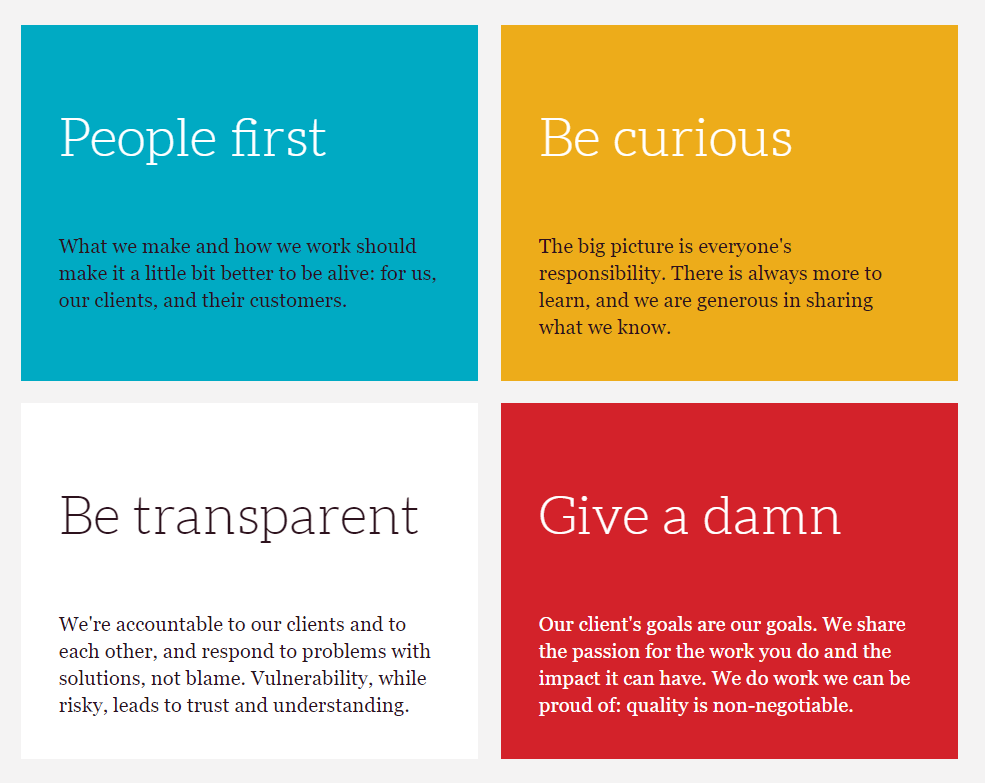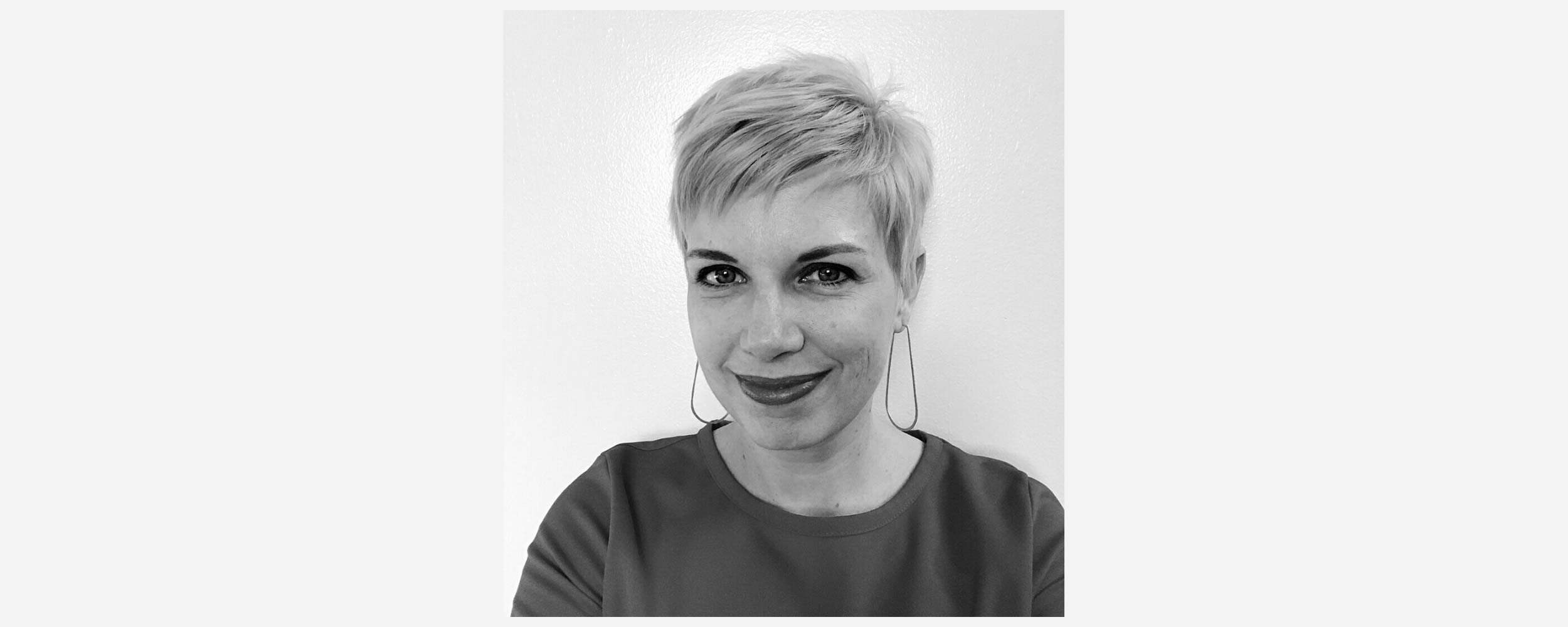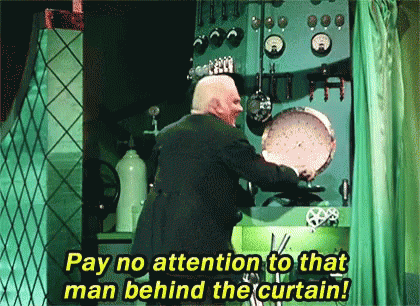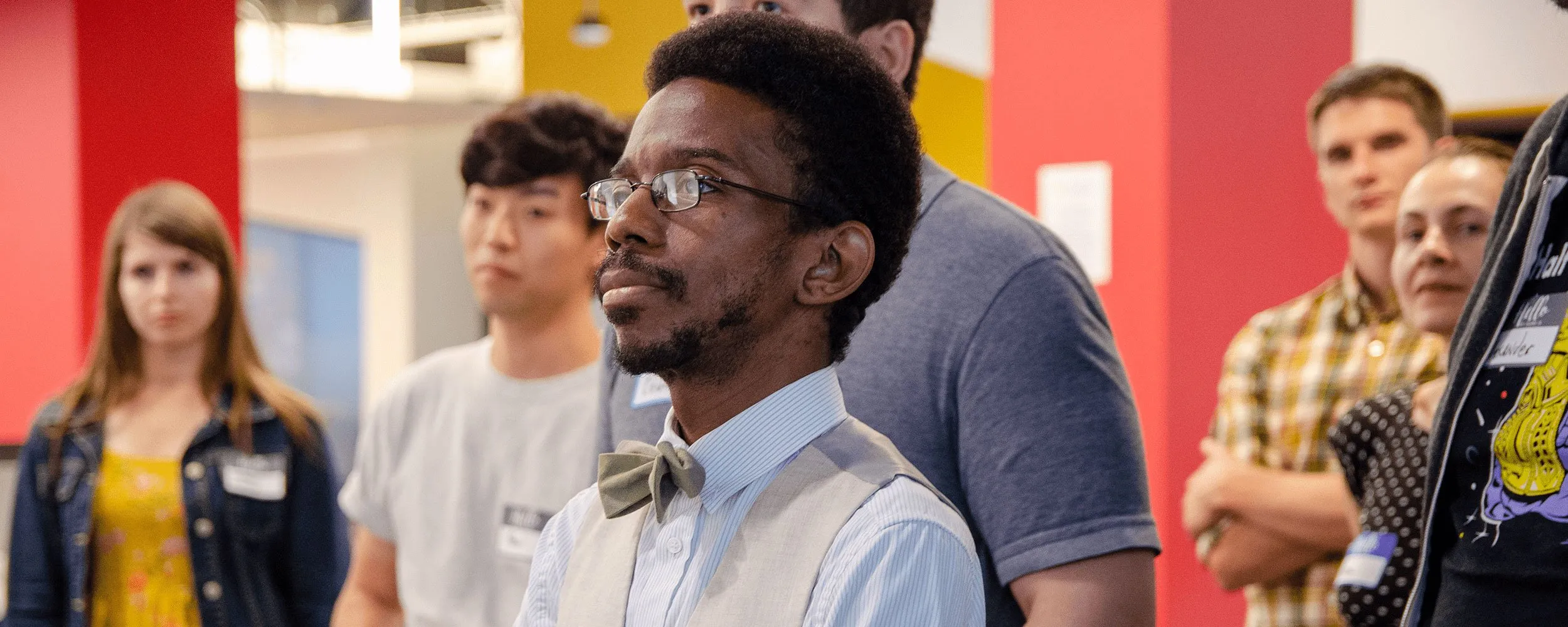On a recent project, my team landed on a new insight that totally changed the way our clients thought about their customers.
According to the data we received in our initial discovery, the customers the client wanted to understand were spread across three unique segments. Each segment had its own unique motivations and concerns. The numbers showed that there weren’t many similarities between these three groups of customers at all.
But then we started talking to people. And through a series of Jobs to Be Done interviews, we learned that these segments had unifying concerns that our client could alleviate by offering new products and services. They weren’t as different as the data suggested.
What once was buried by genuinely beautiful algorithms and spreadsheets was a game-changing insight about who our clients’ customers were as human beings — the thoughts, feelings, and actions that were motivating their behavior.
To paint a full picture, you need more than numbers
In all their apparent objectivity, numbers tell us where to look, but they don’t illustrate why we’re looking there. Numbers may drive a compelling narrative about the correlation between Events A and D, but they’ll dismiss Events B and C and overlook a crucial intersection. Leap-frogging like this erases a tremendous opportunity to be curious and ask questions.
The revelatory insight we reached in the client story I shared above was only possible through the scope curiosity provides. Curiosity helped us look beyond traditional metrics, barriers, and demographics, into the heart of the client’s raison d’être: their customer.
The late Clayton Christensen talks about this briefly in Competing Against Luck, sharing that companies tend to lose sight of the initial reason for going into business as they seek growth. Many start-up ventures are launched to solve a specific customer problem, but as they grow the attention tends to pivot sharply from the customer to “the numbers.” He suggests that for a company to be successful long-term, they need to maintain a laser focus on the customer.
The impact of curiosity
As an organization that prioritizes curiosity (Be Curious is one of our core values), we’ve found that an excessive focus on numbers at the onset of any project can be misleading and detrimental to our learning goals.

I was genuinely…well…curious to hear how other organizations apply curiosity in their work — was it as critical to their process as it is to us at Highland? So I reached out and asked leaders I admire at companies who are designing exceptional customer experiences and asked them a version of this question:
"How does curiosity impact your work in CX?"
This is what they had to say.
1. Curiosity strengthens your courage.
Sebastian Fabal, Senior Director of Operations & Outreach at Reverb, shared that getting really curious about something can be both exciting and nerve-wracking. There’s a lot of potential when exploring new ideas, but there’s also a fear of getting things wrong. That’s why it takes courage to follow your curious instincts:
"There’s an inherent risk of the unknown when being curious. It’s both thrilling and scary. But I feel curiosity isn’t much without the courage to face the unknown, and I think that interplay of courageousness and curiosity is generally underplayed. Being curious has made me more courageous, and being courageous makes it easier for me to be curious."

Sebastian Fabal Sr. Director, Operations & Outreach, Reverb.com
2. Curiosity helps you understand the unknowable.
Kelly Delaney, VP of Learning Experience Design at McGraw-Hill Education, shared that curiosity is essential in her team’s development of learning products for very young children.
Because it’s impossible for their team to predict the wants and needs of a child in the early stages of brain development, “we MUST depend on our curiosity and drive to connect directly with those users in order to create product experiences that work to their advantage,” she shared. Kelly continued:
"It’s humbling to remember that we can’t take our brains back to that stage of development, and yet we must honor developing brains. Being curious and committed to connecting with the youngest of our users has yielded delightful surprises that have helped us simplify our design proposals to focus on that which will aid in their learning."

McGraw-Hill Education
While you may not be developing products or services for children with developing brains, there are all kinds of unknowable elements that you might encounter in your research. Leaning into your curiosity and following the paths it takes you down keeps you from getting stuck.
3. Curiosity helps you go deeper.
Jeannie Walters, founder of the CX consulting firm Experience Investigators, shared that her curiosity helps her develop unique questions and hypothetical scenarios that can lead to a more holistic understanding of a customer journey:
"Curiosity is what drives understanding customers in richer, more robust ways. It’s easy to consider the perfect customer journey and think “we totally get our customers!” But asking deeper questions about the customer and their journeys helps uncover the challenges and opportunities that are otherwise easy to miss in customer experience. “What happens if a customer starts on mobile and then calls for help? What would happen if this customer wasn’t the ideal persona, but someone with a slightly different set of challenges?” Getting curious about the specific touchpoints and various customers helps us see the journey differently."

Jeannie Walters Customer Experience Investigator, Experience Investigators
4. Curiosity can prevent you from solutioning too quickly.
Any experienced design sprint participant knows about the perils of solutioning too quickly. Your team develops a lot of exciting and inspiring ideas as you start your sprint. One of those ideas stands out and seems like it could solve of all your problems. And then quickly, your team is down a rabbit hole of prototyping that solution before fully considering the context for their original problem. They’ve missed other opportunities to solve it that may have been even better.
Guillaume Deudon, Director of Dow’s Digital Marketplace Centers & CX Services, emphasized that curiosity helps his team avoid the hazard of solutioning too early. By learning to embrace curiosity, they’ve created more time for discovery and exploration:
"Curiosity has forced us to resist the temptation to come to conclusions and to design solutions too quickly. We have learned to spend longer time asking, observing, discovery with unconstrained curiosity. We had to learn being patient, delay decisions, and use curiosity to really explore and understand the opportunity ahead."

Guillaume Deudon Director, Dow Digital Marketplace Centers & CX Services
A word of advice for the curious CX researcher
Do you remember the scene from Wizard of Oz? Toto pulls back the curtain revealing the ‘wizard’ surrounded by a hullabaloo of gizmos and gadgets before he races to tug the curtain shut. When you start to question those assumptions, you are figuratively pulling back the curtain.
My advice when taking a peek behind the curtain with your team is two-fold:
"Be courteous and stay curious."
You want to get the “why,” to uncover the assumptions that went into their process. But in doing so, you must also remember to be gentle and courteous. Make sure your client knows you’re not asking curious questions in an effort to find fault; you’re doing research and trying to better understand their business.

Curiosity can be a powerful tool in CX work. It can help us begin to courageously solve problems that contain huge unknowns. And it can make us better researchers, encouraging us to spend more time in thoughtful reflection, considering questions that aren’t always obvious.
Following our impulse toward curiosity has led the Highland team to some powerful insights. So next time you’re feeling lost in a sea of charts, graphs, and numbers, try to recenter yourself by getting curious about the people at the center of your research: the customers.



